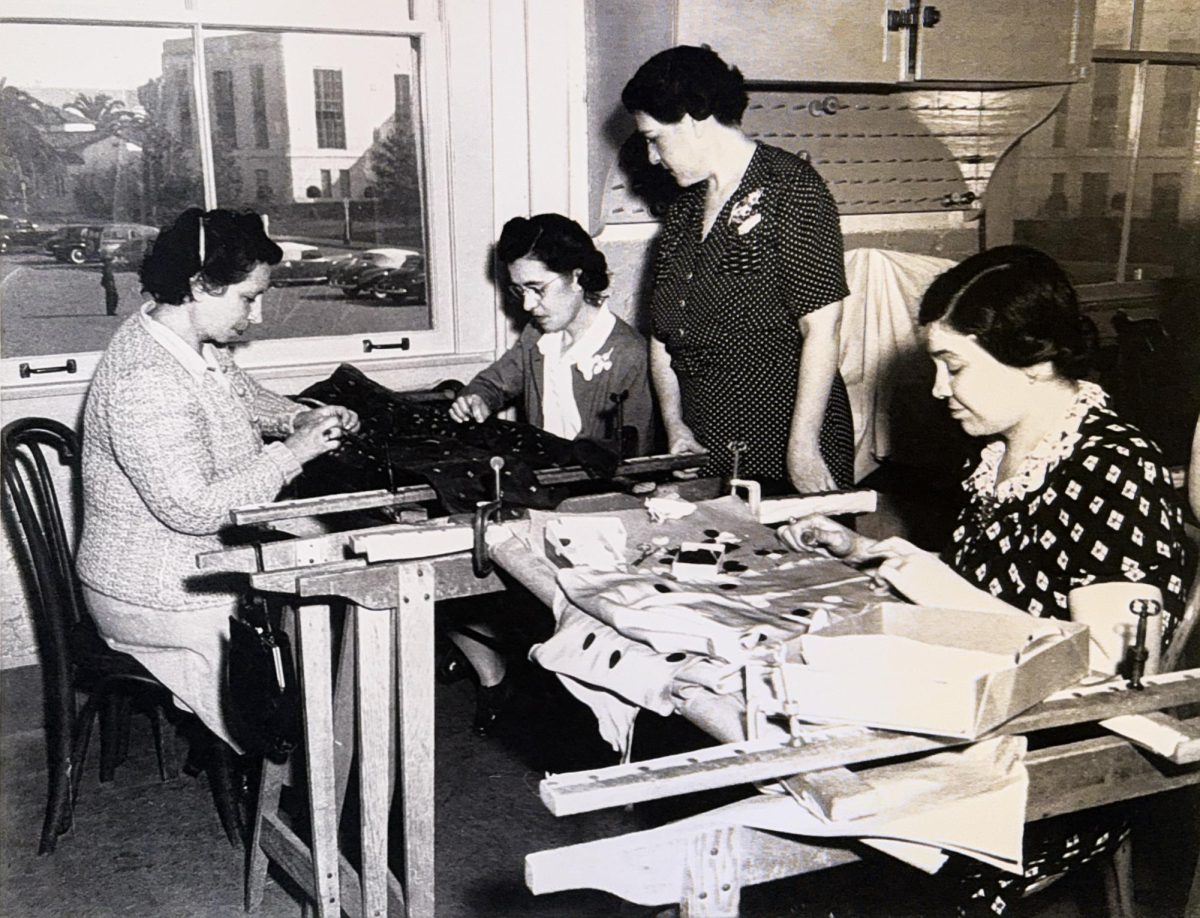As part of his budget presented in early January, California Governor Jerry Brown is proposing to form a fully online community college to provide higher education to 2.4 million adults with a highschool diploma but no college degree. Brown said he intends to have the online degree program up and running within two years.
Although the online college has good intentions, its implementation plan is deeply flawed and must be changed for the college to be able to successfully provide a good education to these students.
The majority of classes offered would be career and technical skills courses designed to be short-term and fully online, so students could still hold jobs while attending the college. As part of the initiative, a program called FLOW (Flex Learning Options for Workers) would be geared towards serving 25 to 34 year olds with no education past high school.
The State Academic Senate and the City College Academic Senate have both spoken out against the way the program is planned to be implemented.
The main complaint community college teachers and faculty have lies in how little they were consulted during the creation of the implementation process plan, as well as how little it appears they will be involved in its actual implementation.
Many community college teachers are well-versed on online classes and how they work best. Yet, it does not appear the executives in charge of the program will seek advice from these teachers or utilize them as instructors for the online college.
According to estimates given in the proposed budget for the college, the initial $120 million in funding as well as the proposed $20 million annual sum would only be able to pay 150 full-time employees.
We do not think 150 employees would be able to handle instructing, grading, and helping 2.4 million students with issues—technological and otherwise—that they may encounter.
The plan is for the college to gain accreditation through an accreditation agency other than the one California’s 114 community colleges use to be accredited—why would the college need to use a different accreditation agency?
Furthermore, there is a discrepancy in student success between online and in-person classes. At City College from Fall 2013 to Fall 2017, the number of students that successfully passed their in-person courses was consistently eight to 14 percentage points higher than the number that successfully passed their online courses.
The members of the State Academic Senate have stated they believe that the 114 existing community colleges — if provided with funding, resources and support — could meet the needs of these students within an already established system with teachers and staff who have the knowledge and experience to run fully online classes.
Creating a space for these students at established community colleges would also allow students in-person help from a tutor or technological expert, as well as the opportunity to attend in-person classes instead of online classes.
Providing higher education to the 2.4 million adults with a highschool diploma but no college degree is an issue which needs to be addressed. However, when implementing a program as a possible remedy to such a large issue, it is important to seek the advice of experts in the field and empower them to be a part of the solution.

















![Milton Alejandro Lopez Plascencia holds a flag showcasing the United States and Mexico on Feb. 7 in Santa Barbara, Calif. “It’s heartbreaking to see what is happening all across the country,” Lopez Plascencia said. “I [want] my voice to be heard by the community.”](https://www.thechannels.org/wp-content/uploads/2025/05/MGSImmigration-1-1200x800.jpg)



